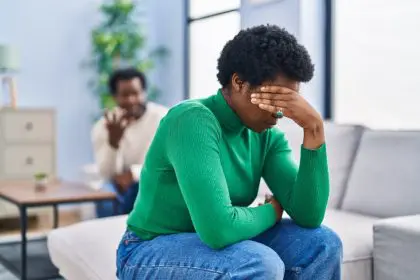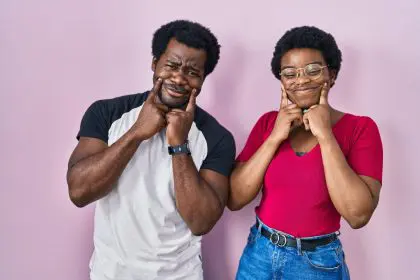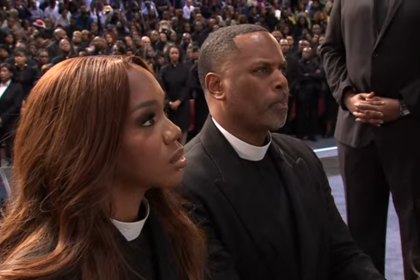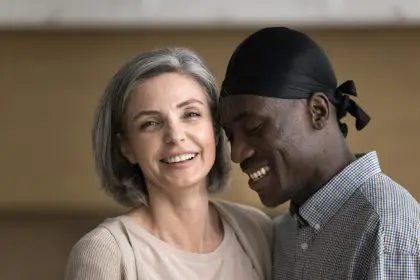The phrase “hurt people hurt people” encapsulates a painful reality: those who have been emotionally or physically hurt often perpetuate the cycle by hurting others. This cycle of pain is complex and deeply rooted in human psychology. Understanding why hurt people justify hurting others involves delving into the intricacies of trauma, emotional defense mechanism, and the human need for control and power.
The roots of justification
Hurt people often find ways to justify their actions to alleviate their emotional suffering. Justification can stem from various sources:
- Projection of pain: Projecting one’s pain onto others is a common defense mechanism. When someone is hurting, they may transfer their feelings of anger, frustration or sadness onto others, believing that if they can cause someone else to feel what they are feeling, it will somehow lessen their own pain.
- Distorted perceptions of fairness: People who have been hurt may develop a skewed sense of fairness and justice. They might believe that since they have suffered, it is only fair for others to suffer as well. This perception can lead them to act out in ways that harm others, seeing it as a form of retribution or balancing the scales.
- Seeking control and power: Traumatic experiences often leave individuals feeling powerless and out of control. Hurting others can be a way for them to reclaim a sense of power and control over their lives. By causing pain, they can feel a temporary boost in their own self-esteem and sense of agency.
Emotional triggers and defense mechanisms
Hurt individuals often have heightened emotional sensitivity and can be easily triggered. When these emotional triggers are activated, their defense mechanisms kick in, leading to harmful behaviors:
- Fight or flight response: The fight or flight response is a primal reaction to perceived threats. For hurt individuals, emotional triggers can activate this response, leading them to lash out aggressively (fight) or withdraw and isolate themselves (flight). The fight response, in particular, can result in them justifying hurtful actions as a means of self-protection.
- Numbing and disassociation: Some individuals cope with their pain by numbing their emotions or disassociating from reality. This can result in a lack of empathy and a diminished capacity to understand the impact of their actions on others. In this state, hurting others may not even register as morally wrong to them.
- Repetition compulsion: Repetition compulsion is a psychological phenomenon where individuals unconsciously repeat traumatic events or behaviors. Hurt people may recreate their own painful experiences by inflicting similar pain on others, often without fully understanding why they are doing it. This can be a way for them to process their trauma, albeit in a destructive manner.
The role of society and relationships
Societal norms and interpersonal relationships play significant roles in the perpetuation of the hurt cycle. The environment in which a person is raised and the relationships they form can either exacerbate or mitigate their tendency to hurt others:
- Normalization of violence: In societies or communities where violence and aggression are normalized, individuals who have been hurt may view hurting others as acceptable behavior. This normalization can reinforce their justification for harmful actions, making it harder for them to break the cycle.
- Lack of support systems: Without adequate support systems — such as family, friends or mental health resources — hurt individuals may have no outlet for their pain other than to project it onto others. Support systems can provide the necessary empathy and understanding that help individuals process their trauma in healthier ways.
- Influence of toxic relationships: Toxic relationships can perpetuate the cycle of hurt by reinforcing negative behaviors. If a person is surrounded by individuals who also justify hurting others, it can create a feedback loop that makes it difficult for them to recognize and change their harmful behavior.
Breaking the cycle
Breaking the cycle of hurt requires a multifaceted approach that addresses both individual and societal factors:
- Therapeutic interventions: Therapy can help individuals understand the root causes of their pain and develop healthier coping mechanisms. Cognitive behavioral therapy (CBT), in particular, can be effective in changing harmful thought patterns and behaviors.
- Building empathy and emotional intelligence: Developing empathy and emotional intelligence can help hurt individuals understand the impact of their actions on others. This involves teaching them to recognize and manage their own emotions, as well as the emotions of those around them.
- Creating supportive environments: Cultivating supportive and nonjudgmental environments can provide hurt individuals with the resources they need to heal. This includes fostering strong community ties, providing access to mental health care, and promoting open dialogues about trauma and healing.
- Education and awareness: Raising awareness about the cycle of hurt and how hurt individuals justify their actions can help society as a whole become more compassionate and proactive in addressing these issues. Educational programs that teach conflict resolution, emotional regulation and empathy can be particularly beneficial.
Understanding why hurt people hurt people
Understanding why hurt people justify hurting others is crucial in addressing the root causes of interpersonal and societal violence. By recognizing the psychological mechanisms at play and creating environments that support healing, we can begin to break the cycle of pain. Empathy, education and therapeutic interventions are key components in helping individuals move from a place of hurt to one of healing, ultimately fostering a more compassionate and just society.
This story was created using AI technology.
















